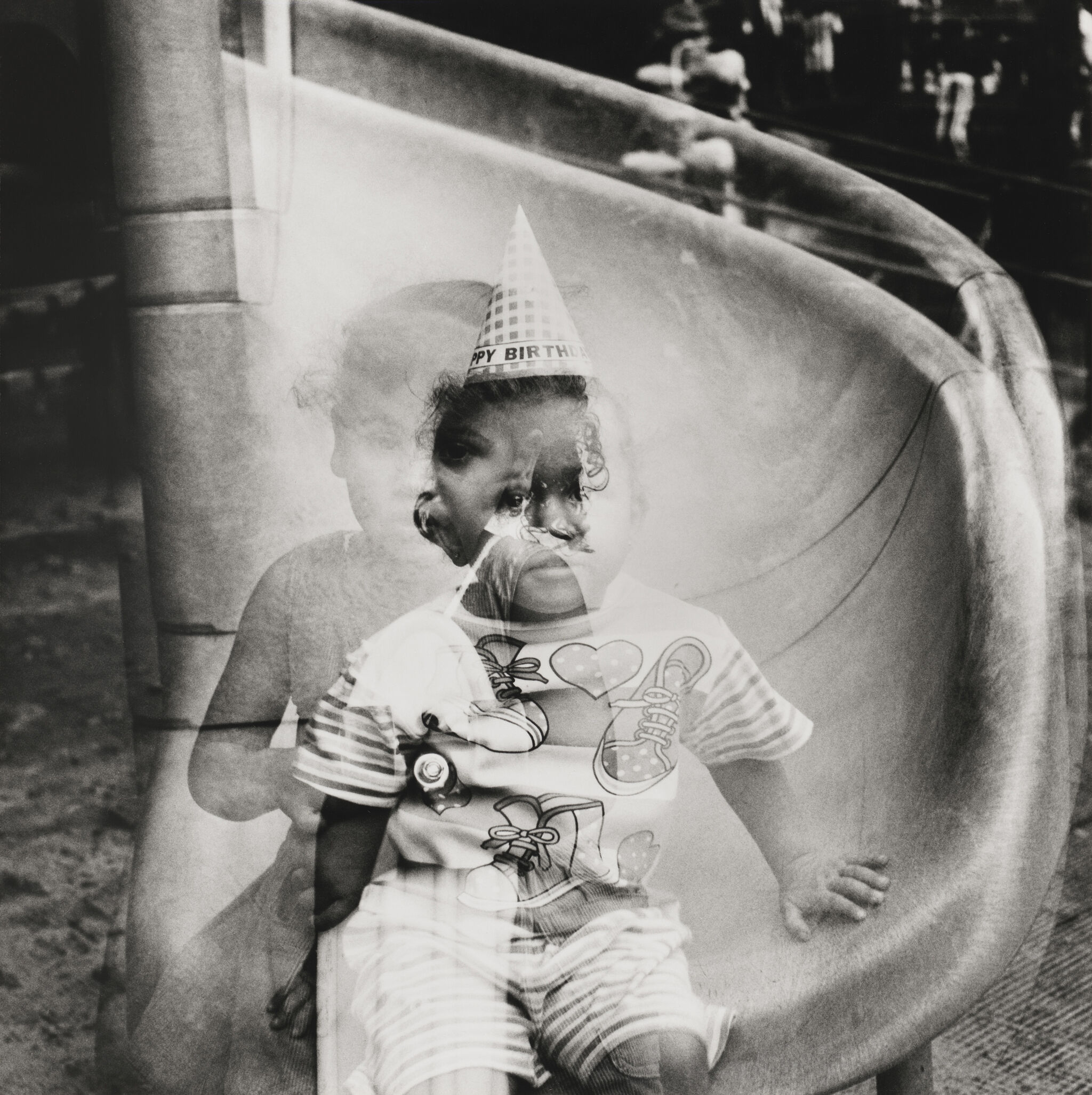Hank Willis Thomas
1976–
Introduction
Hank Willis Thomas (born 1976) is an American conceptual artist. Based in Brooklyn, New York, he works primarily with themes related to identity, history, and popular culture.
Wikidata identifier
Q5648502
Information from Wikipedia, made available under the Creative Commons Attribution-ShareAlike License . Accessed December 4, 2025.
Roles
Artist, conceptual artist
ULAN identifier
500472154
Names
Hank Willis Thomas, Thomas Hank Willis
Information from the Getty Research Institute's Union List of Artist Names ® (ULAN), made available under the ODC Attribution License. Accessed November 20, 2025.

